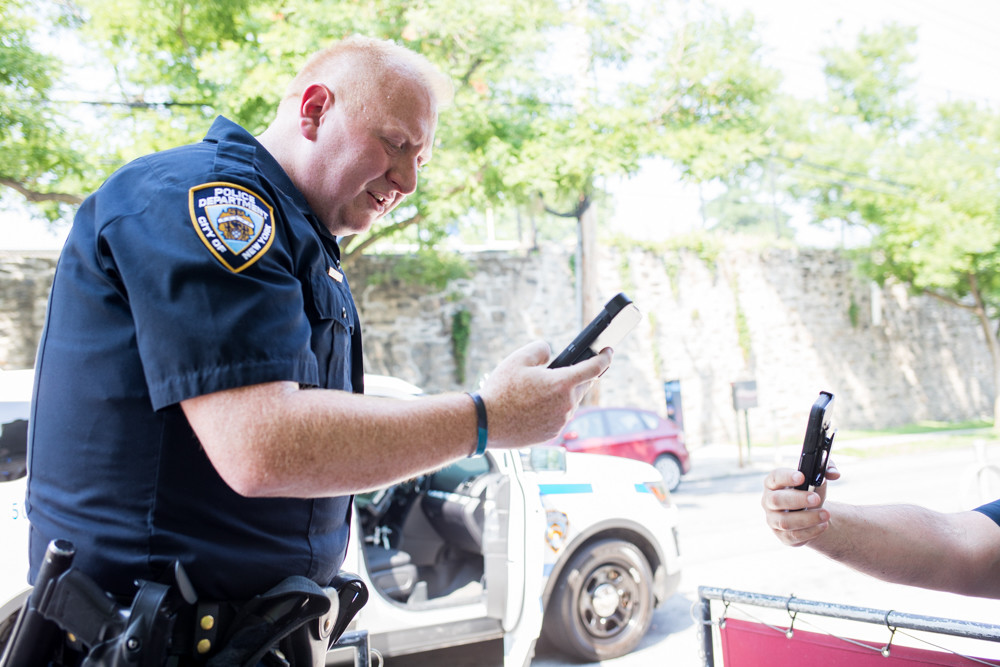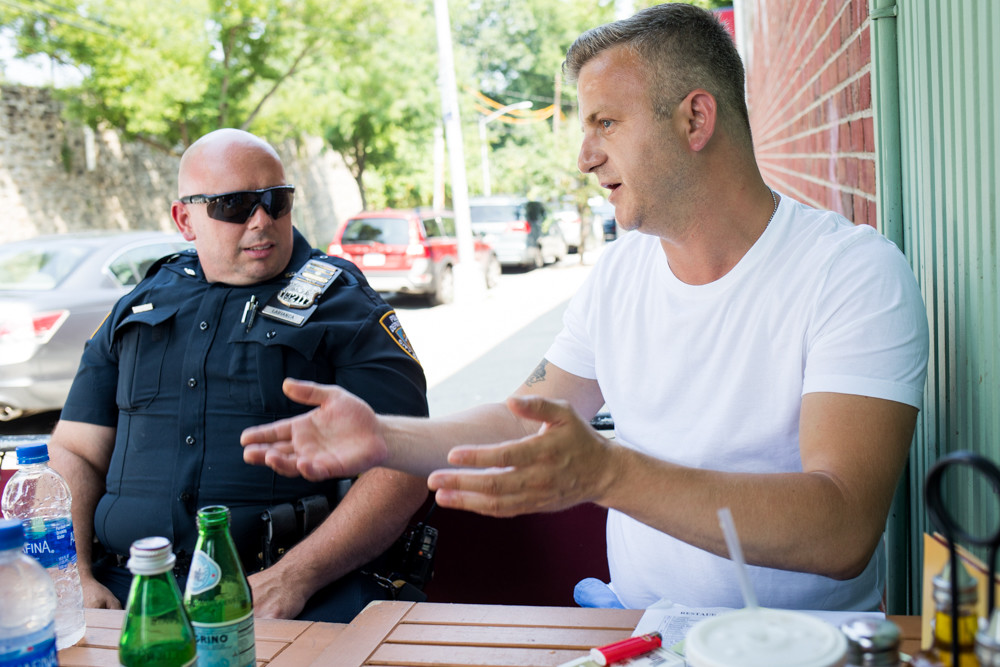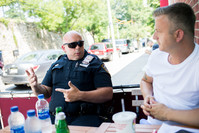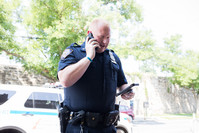Bronx gets more deadly, but not here
If murder is heating up other parts of the borough, the 50th Precinct has so far skated by nearly unscathed.
Killings in the Bronx have jumped, according to the New York Police Department’s crime statistics, nearly doubling compared to the same period last year. Through June 24, 50 people had been slain compared to just 26 at this point last year — a 92 percent rise.
In fact, homicides are up in almost every Bronx precinct, said Terence O’Toole, the 5-0’s commanding officer.
Murders also have gone up citywide, albeit more modestly, with 138 since the start of the year compared with 130 last year — a 6.2 percent gain.
“Unfortunately, 138 people have lost their lives,” O’Toole said. “But in my experience, most of the people who are murdered had some type of relationship with the person who does the murder. It’s rare these days for a random stranger to get murdered. It’s just not happening the way it used to in the city. When there was 2,000 murders, there was innocent victims all the time.”
Slayings could be rooted in a number of problems, O’Toole said, from domestic violence, to drugs, to robbery.
O’Toole’s relatively less violent 50th Precinct, however, hasn’t seen a murder since two last April, when a pair of homicides struck Kingsbridge Heights and Marble Hill. While two homicides in a single weekend may have shaken some residents in a precinct that typically keeps murders in the single digits for the entire year, O’Toole told The Riverdale Press last April, “It’s an aberration. We don’t have events like this all the time.”
“The 5-0 is unique in that it’s a very stable community, for the most part,” O’Toole said Monday. “It’s relatively well-to-do economically. A vast majority of the people here have jobs, have a home — whether it be an apartment or a co-op or a condo or a house — and they have a stake in the community.”
Crime overall is down 13 percent, O’Toole said, with grand larceny down a quarter from 260 to 193.
“People are heeding our advice, locking their cars and securing their property,” O’Toole said. “We know that there’s people out there who walk by cars and test doors. And if doors open, they go right in.”
Some crimes have gone up, however, since this time last year — including rape, which has jumped from four to seven. That includes an attempted rape last month, O’Toole said, when a 73-year-old woman was attacked while walking along Reservoir Avenue in the early hours of June 5. Police pursued the case with the help of surveillance footage, arresting Maximiliano Mejia, 26, of Morris Heights.
Robbery, meanwhile, is down nearly 10 percent, while assault crept up slightly by 5 percent. Burglaries inched down, from 56 to 53.
Bucking the trend of a steady decline in major crimes since the early 1990s is grand larceny, which dropped from 527 in 1990 to 295 in 2001, but shot back up to 522 in 2017.
Since 1994, O’Toole said, grand larceny has kept 50th Precinct officers increasingly busy, thanks to data breaches, stolen credit cards and mail theft.
“It’s a much easier way to make money,” O’Toole said. “There are still some chain-snatchers and phone-snatchers, but people aren’t running up and down the street grabbing jewelry off of people anymore.”
With the new breed of grand larceny, O’Toole said, “public education” is key to preventing it.
“If something seems too good to be true, it probably is,” O’Toole said. “There are some scams out there. Be mindful of your money.”
As for murder, O’Toole has noted his precinct is not known for violent crime. Indeed, going back to 1990, the 50th accounted for just 14 of the borough’s more than 650 murders. By last year, that number was down to three.
The last time homicides reached double digits in the 5-0 was back in 1997 when 13 people were killed. Before that, it was 10 in 1994.
One of the most recent changes to policing itself has been the introduction of the neighborhood coordination officers program last April, which police officer John Labianca — one of two NCOs assigned to Spuyten Duyvil, Fieldston, Riverdale and North Riverdale — says has opened better communication between police and residents.
“We’ve started to see a little more positivity from the community,” Labianca said. “We’ve started to recognize faces more and seeing people on the street. It makes it easier for us to get information, especially when people are more relaxed with us, a little bit more personable. Whereas before, if they weren’t sure who you were, they would be a little reluctant to talk to you.”
Some of the complaints NCOs respond to are where “crimes would start,” O’Toole said.
“Too many people who’re drinking beer in the lobby of a building,” O’Toole said. “Eventually, something would happen there. But by going there and talking to the people and squashing the problem before it escalates into a major issue — the quality-of-life issues with the NCOs, that’s what they’re aiming for.”
Despite crime diving to historically low levels citywide — and a precinct where violence still pales in comparison to other parts of the borough — murder is murder, O’Toole said.
“Two lives lost here in the 5-0 is terrible,” O’Toole said. “Those families are ruined. The persons’ lives are over. Whoever’s depending on them are without a father.
“There’s a real loss that sometimes gets lost in the numbers. We’re frightfully aware that every one of these murders in the city is a person.”













